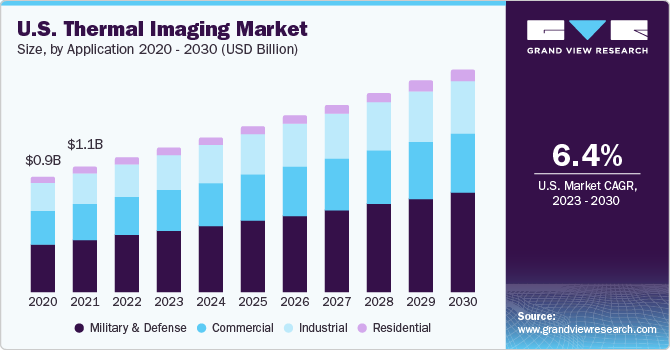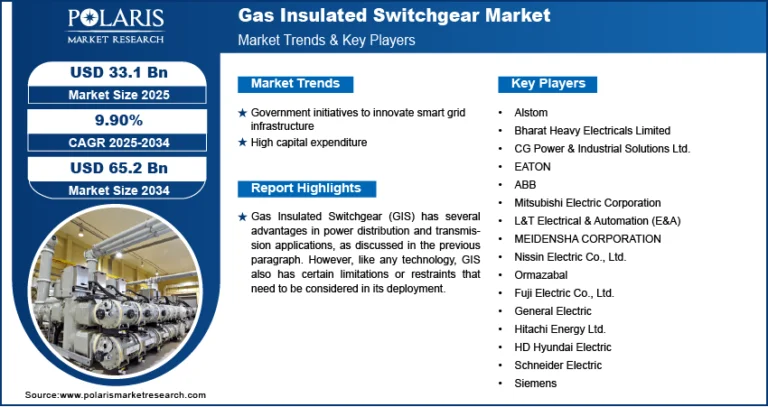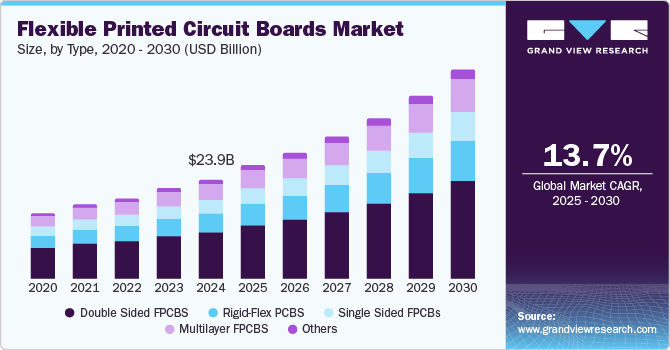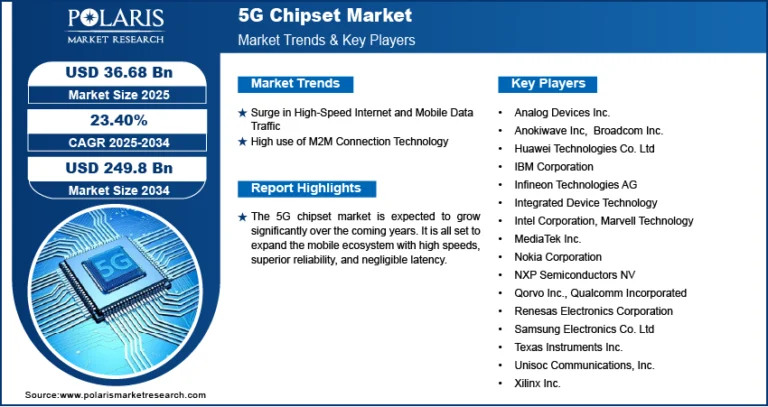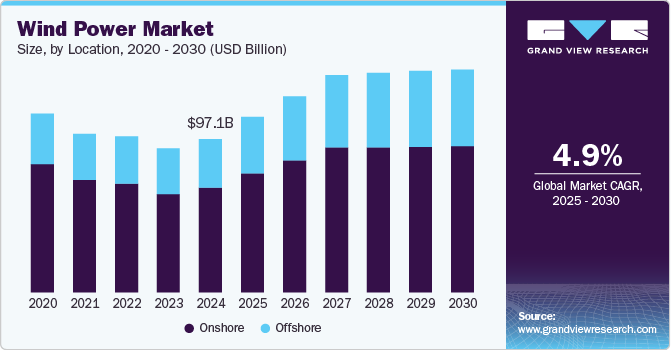Hydrogen Fueling Station Market Size, Share & Trends Analysis growing at a CAGR of 26.3% from 2025 to 2030

The global hydrogen fueling station marketsize was estimated at USD 832.4 million in 2024 and is expected to grow at a CAGR of 26.3% from 2025 to 2030. The driving factors for the market growth include the increasing demand for zero-emission vehicles, as well as government initiatives and policies aimed at promoting the adoption of hydrogen fuel cell vehicles.
Key Highlights:
- Asia Pacific held the largest revenue share of over 63.0% in 2024.
- The South Korea hydrogen fueling station market is expected to grow during the forecast period.
- Based on size, medium station held the largest revenue share of over 55.0% in 2024.
- By type, on-site station held the largest revenue share of over 50.0% in 2024.
- By mobility, fixed hydrogen station held the largest revenue share of over 45.0% in 2024.
Request a free sample copy or view report summary: https://www.grandviewresearch.com/industry-analysis/hydrogen-fueling-station-market-report/request/rs1
The driving factors for the market growth include the increasing demand for zero-emission vehicles, as well as government initiatives and policies aimed at promoting the adoption of hydrogen fuel cell vehicles. As more countries set targets to reduce their carbon emissions and improve air quality, there is growing interest in fuel cell vehicles as a promising alternative to gasoline and diesel vehicles. Hydrogen fuel cell vehicles emit only water and do not produce harmful air pollutants, making them an attractive option for consumers and policymakers.
The growth of the hydrogen fueling station industry is driven by a combination of regulatory support, technological innovation, and a growing commitment to decarbonize the transportation sector. Government initiatives and policies aimed at reducing carbon emissions, such as federal grants and incentives, tax credits, and funding for research and development, play a crucial role in stimulating investment and infrastructure development. In addition, partnerships between automotive manufacturers, energy companies, and government agencies are driving innovation in hydrogen production and distribution technologies, making fuel cell vehicles more viable and attractive to consumers.
The drive for self-reliance in energy and the vision to establish a resilient national hydrogen sector are significant drivers for market growth in the country. Hydrogen is increasingly recognized as an adaptable and eco-friendly substitute for traditional fuels, especially in demanding sectors like heavy-duty transportation and long-distance travel. Consequently, the U.S. is witnessing a consistent development of its hydrogen refueling towards greener and more sustainable transportation options. The factors above are expected to fuel the demand for hydrogen refueling stations over the forecast period.

